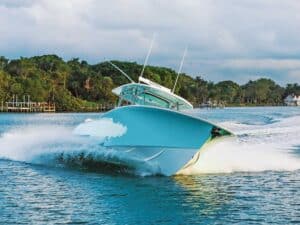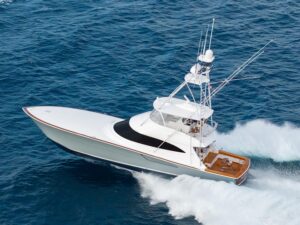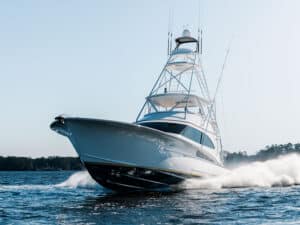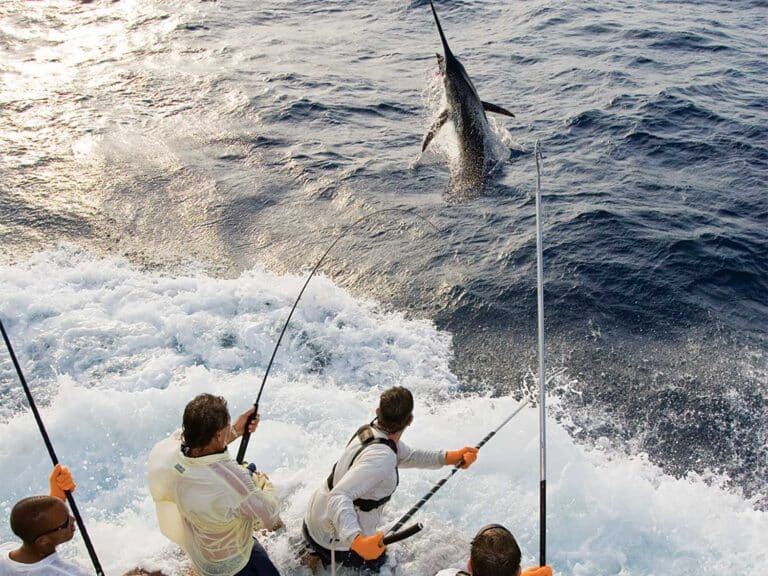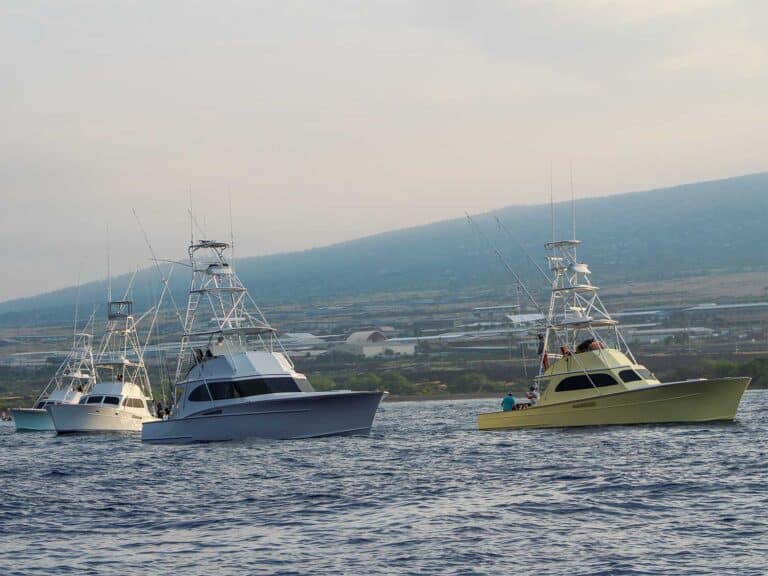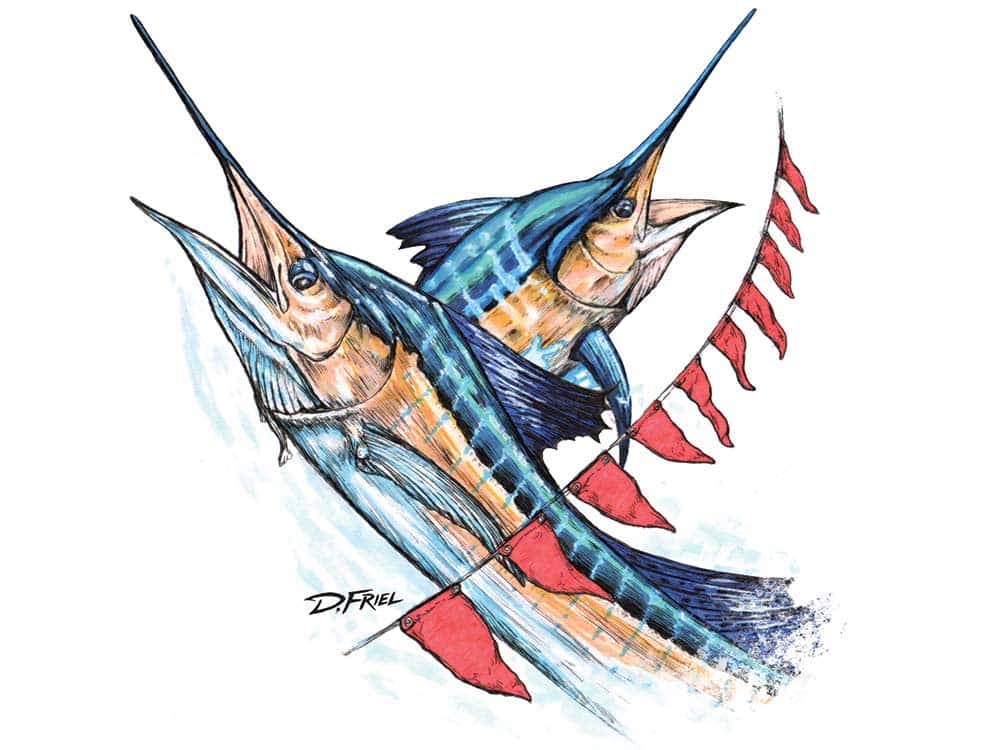
When I started billfishing, the only number on the charter dock that meant anything was the commission from the taxidermist. Nobody counted their billfish that I knew of. After that, the only statistics we really enjoyed were the number of sailfish or the weight of the dead marlin we caught during a tournament and the cash we made from winning a few of them.
I remember in the early 1980s in St. Thomas, a deckhand told me he had caught his 1,000th blue marlin. I congratulated him on the achievement and also for being able to count to a thousand. A few minutes later, I felt a cold drink poured over my head — I thought he might have enjoyed my humor, but I probably deserved the rum-and-Coke shower. That was my first real exposure to individuals who counted each billfish they caught.
Over the years, it seems like everyone knows not only how many billfish they have caught but also how many of each species. Then there are the professional resumes for the captains and crews. We all put our tournament results on our resumes, but I have even seen some with the amount of money people have won in their fishing careers. Amazing.
It has also changed the way we talk. I was out fishing the seamounts last month, and we had caught a few and missed a few. One boat called another on the radio and asked how they were doing. The captain’s answer was that they had seen 24 marlin, had six bites and caught three. Later that day, this same captain had seen more than 30 and still had only caught three or four marlin. I had to fact-check this guy, and my friend rolled his eyes at that one.
I’ve heard plenty of fishing reports since then, and most are all about fish they had seen, not what they hooked and lost or missed entirely. Very few captains report their actual catches on the radio these days. Why? One captain said that it’s because their catch ratio is awful due to inexperienced anglers, and they do not want to share it on the radio.
There are many ways to count your bites too. It’s possible for one sailfish to eat your flat line, a short rigger and then the long rigger, and miss the hook all three times. Yes, you might be zero for three, but it was only one fish. And yes, it is very hard to tell if it was only one instead of two or three. Most of us old-timers would say that we are three for seven, meaning we had seven bites and caught three. In Hawaiian tournaments, they ask for your report every couple of hours and you answer with three numbers, like 1-1-0. This means you have seen one, had one bite and no catch.
I was in the airport this past weekend, and some people struck up a conversation with my group. They said they caught 17 marlin in five hours. They had fished next to us for two hours, and we only saw them stop a couple of times. I asked them what boat they had fished on and then had my captain call the captain on that boat. His answer was five blue marlin and a couple of tuna and mahi. It seems like even the charters want to tell extra-large fish stories with their numbers too.
I just met a young captain who had already caught more than 1,000 blue marlin in just a few seasons in Costa Rica. What a great accomplishment at any age, but in your 20s?
I still like the old days when we would fly flags to let the competition and our peers know what we really caught at the end of the day. But then again, I have heard of a captain or two flying a flag without catching a marlin, just to keep his fragile ego in line with the rest of the dock.
I have kept count of the IGFA world records I have been involved in, but you do not want to know my overall numbers — they would be too depressing. We always spent way too much time hooked up on that damned light tackle, only to lose the fish way too often in the end. But that’s fishing.
What’s in a name? Turns out, quite a bit.
Now that I am in Costa Rica, I have promised myself that I am not fishing for numbers. I do not care if someone catches 20 blue marlin and we only catch 12. We are going to take our time with each one, not get anyone really wet and make sure we get some good pictures. Our memories may fail, but the photos bring back those great experiences, regardless of the numbers.
